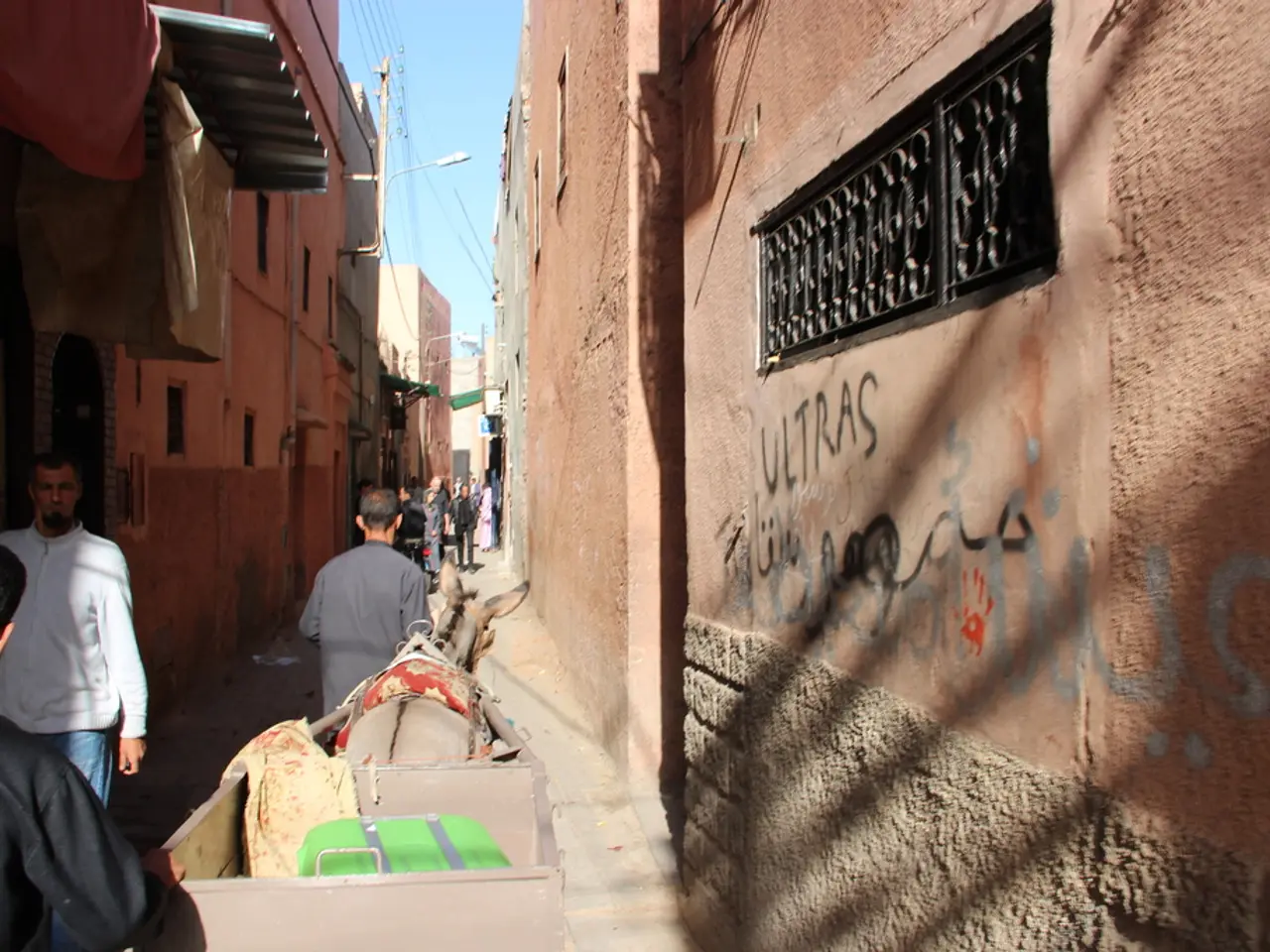Topic under investigation: Conquest of a southern Italian city by the Ottoman Empire
In the summer of 1480, the Ottoman Empire launched a military campaign into mainland Italy, marking its first foray into the heart of Christian Europe. The target was the fortified city of Otranto in the Apulia region of Italy, which was seen by the Ottomans as a strategic bridgehead across the Adriatic Sea.
Sultan Mehmed II, the ruler of the Ottoman Empire, led the campaign as part of his broader ambition to create a global empire. The siege and capture of Otranto were ordered, and the Ottoman fleet, led by Gedik Ahmed Pasha, arrived with around 10,000 troops.
After several days of siege warfare and artillery bombardment, Otranto fell on August 11, 1480. The Ottomans executed around 12,000 males and enslaved or displaced others, causing widespread fear throughout Italy and the Vatican. The invasion alarmed European powers, leading Pope Sixtus IV to call a crusade against the Ottomans.
Gedik Ahmed Pasha, an experienced commander and the Ottoman grand admiral, was appointed governor of Avlonya (modern-day Vlore in Albania) for the campaign preparations. He left behind a garrison of 8,000 troops in Otranto under Hayreddin Bey, instructing them to hold their positions.
However, the Ottomans could not hold Otranto permanently. The garrison surrendered on Sept. 10, 1481, following a year of siege and papal intervention. The failed continuation of the invasion likely stemmed from logistical difficulties, stiffening resistance, and the wider European coalition formed to repel the Ottoman advance.
The impacts of this campaign were severe. Otranto experienced extreme trauma and devastation, with thousands killed or enslaved. The attack also caused economic disruptions, such as doubling of grain prices in Florence and mobilization of local militias. The event reinforced the sense of a Christian-Muslim conflict and led to enhanced military and diplomatic cooperation among Italian states and the Papacy.
In summary, the 1480 Ottoman invasion of Otranto was a bold but ultimately short-lived attempt to open a new front in Italy, motivated by imperial ambition and strategic opportunity, with severe local human consequences and broader geopolitical repercussions in Italy and Christendom.
[1] Runciman, S. (1988). The Fall of Constantinople 1453. Cambridge University Press. [2] Laiou, A. P., & Morrison, J. A. (2007). The Economic History of Byzantium from the Seventh through the Fifteenth Century. Cambridge University Press.
In the wider context of political dynamics, the Ottoman Empire's invasion of Otranto in 1480 led to a surge in general news, especially concerning war-and-conflicts, throughout Europe. The sovereign state of Turkiye, under the leadership of Sultan Mehmed II, sought to expand its territory, with the Turkish lira possibly impacted by the political and economic consequences of such military campaigns. The city of Istanbul, also in Turkiye, may have been closely tuned to the general news, given its status as the cultural and economical center of the Ottoman Empire. Furthermore, the event highlighted a significant divide in the Middle Ages, with the Christian-Muslim conflict reaching new heights and producing a ripple effect on the politics of the time.







